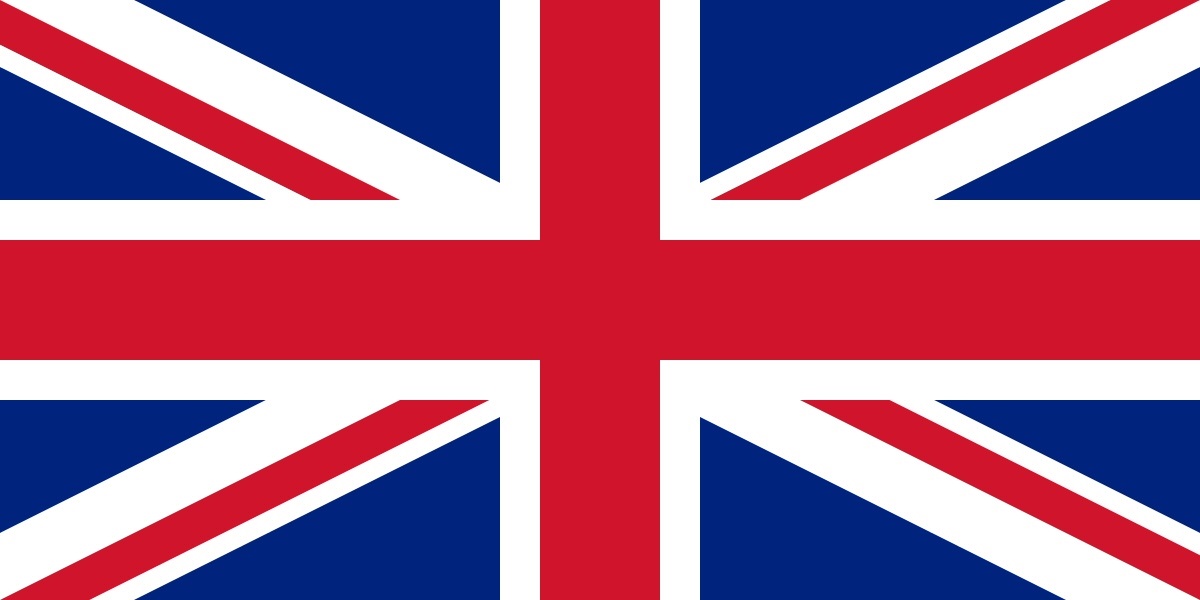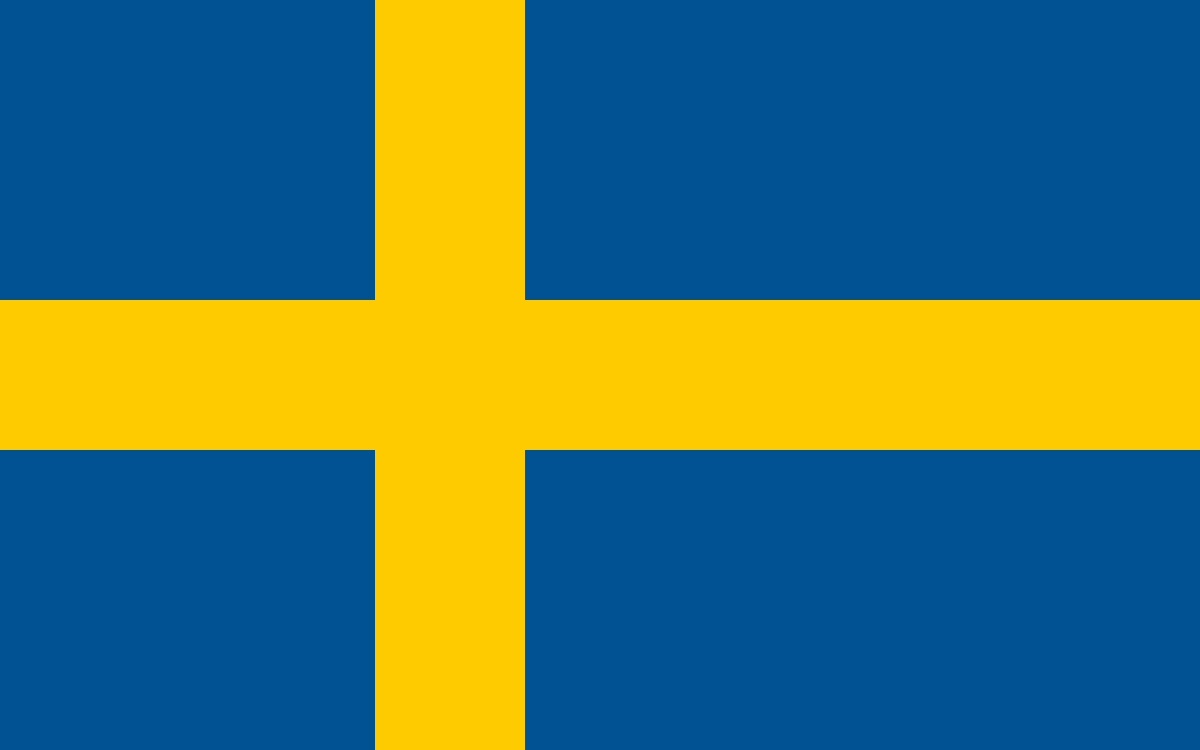A guide for manufacturers and importers on the radio equipment that sell and market products with wireless communication on the EU market.
This article is meant to be a summary of the Radio Equipment Directive and the requirements that must be met before CE marking products with wireless communication. Reading this article should give you a good grasp of the general procedure that is required before CE marking is done on such products. It is not meant to be a complete guide, but should be a good starting point and reference for anyone in the early stages of product compliance. We hope that it can answer such questions as:
- Do I need to CE mark my product?
- Does the Radio Equipment Directive apply to my products?
- What is required of me before I can CE mark my product?
- What are my responsibilities as a manufacturer, importer or private labeller?
What is the Radio Equipment Directive?
Directive 2014/53/EU, most commonly referred to as the Radio Equipment Directive (RED), is one of the key directives that apply to many electrical products on the EU market. The RED primarily ensures the efficient use of the radio spectrum, which allows wireless communication between devices without it interfering with other communication. But the RED also includes a variety of other requirements, which are continually added to.
Two of these requirements are that the requirements as defined in the other two directives, LVD and EMCD, must be complied with.
The Low Voltage Directive (2014/35/EU)
The LVD applies to electrical and electronic equipment within certain voltage ranges. It requires products to have a high level of protection for health and safety of persons, animals and property in regards to electrical hazards.
The Electromagnetic Compatibility Directive (2014/30/EU)
The EMCD applies to most electrical and electronic equipment. It requires products to be sufficiently immune to electromagnetic disturbance, and that products emit sufficiently low levels of electromagnetic disturbance.
Scope of the RED
The RED applies to any product which emits and/or receives radio waves for radio communication and/or radiodetermination.
Radio communication basically means any form of wireless communication. This includes, but is not limited to, technologies such as WiFi, cellular (3G, 4G, 5G, etc.), Bluetooth, NFC, conventional radio (FM/AM), RFID, GPS and so on. It does not only apply to the emitters of such communication but also receivers.
Radiodetermination are technologies such as metal detectors and RADAR, which detect objects at range by emitting radio waves.
The list of equipment that can be excluded from the RED are:
- Equipment used for public security, defence, state security and criminal law
- Radio equipment used by radio amateurs
- Marine equipment, within the scope of Directive 96/98/EC
- Aviation equipment, within the scope of Regulation (EU) 2018/1139
- Custom research kits
CE marking
All products within the scope of the the radio equipment need to be CE marked. This ensures that the products within the scope can be freely traded across the EU.
In addition to CE marking, the member states can require authorisation or information to use certain frequencies. This is further explained below.
Essential requirements for radio equipment
The core of the RED is, as with many CE directives, a list of essential requirements. The requirements listed in Article 3 of the directive require that equipment be designed and manufactured in a manner that ensures that it:
- Is compliant with the health and safety requirements defined in the low voltage directive, without any voltage limit.
- Is compliant with the electromagnetic compatibility requirements defined in the EMC directive.
- Uses and supports the efficient use of the radio spectrum.
Since the requirements from the EMCD and LVD are included in the RED, radio equipment is excluded from these two directives.
Additional requirements are set out for certain categories of equipment:
- Internet connected equipment will need to comply with cybersecurity requirements (applies from 1 August 2024).
- Equipment which allows the transfer of money must have protection against fraud (applies from 1 August 2024).
- Mobile phones must have access to emergency services.
- Certain categories of rechargeable equipment are USB-C compatible and fulfil a variety of related requirements (applies from 28 December 2024).
Process for compliance
The RED allows for three different processes (called Modules) to show compliance, “Internal production control” as described in Annex II, “EU-type examination” as described in Annex III and “Full quality assurance” as described in Annex IV.
Normally Module A is sufficient, but in some cases (e.g. when the product does not have a suitable harmonised standard listed in the EU Official Journal) Module B+C or H is required.
Internal production control – Module A
This is the primary Module for conformity assessment across the whole CE system, which does not require any involvement of a Notified Body and is commonly referred to as self-assessment, self-declaration or self-certification. Internal production control requires the manufacturer to do three things:
- Establish technical documentation that proves compliance with the directive.
- Take measures in the manufacturing process to ensure compliant products.
- CE mark the product and draw up an EU Declaration of Conformity.
EU-type examination – Module B+C
This process requires the involvement of a Notified Body that reviews the technical documentation and issues a certificate showing that the product design is compliant. The steps for this process are:
- Establish technical documentation that proves compliance with the directive.
- Submit the documentation to a Notified Body for approval and an EU-type examination certificate.
- Take measures in the manufacturing process to ensure that products conform to the EU-type examination certificate.
- CE mark the product and draw up an EU Declaration of Conformity.
Full quality assurance – Module H
Full quality assurance is similar to EU-type examination with the addition of an approved quality system and continuous surveillance by the Notified Body.
Harmonised standards
To show compliance with the RED, the use of harmonised standards should be considered essential. Since the requirements of three directives are included, radio equipment usually ends up with an extensive list of applied standards.
In addition to the standards that products would require under the LVD and EMCD, radio equipment generally requires the use of:
- EMC standards that are specific for certain radio technologies
- Standards for the effective use of the radio spectrum, normally one per technology used
The requirement for efficient use of the radio spectrum (Article 3(2)) can only be assessed using internal production control, if the assessment is done using standard(s) that are both harmonised and referenced in the Official Journal of the European Union (OJ). As internal production control is generally the most cost-effective process, it is important to verify which standards (and version of the standard) is referenced in the OJ.
Obligation of economic actors
The RED specifies four different economic operators: manufacturers, authorised representatives, importers and distributors. As with most product legislation, the responsibility for the product’s conformity lies with the manufacturer, while the importer and distributor must verify that the manufacturer has performed the required obligations.
Manufacturers
Manufacturer means any natural or legal person who manufactures electrical equipment or has electrical equipment designed or manufactured, and markets that equipment under his name or trademark.
The manufacturer is responsible for ensuring the product’s compliance with the directive and drawing up all required technical documentation. Their obligations include:
- Ensuring the compliance of the product design and manufacturing
- Drawing up technical documentation, including a DoC
- Keeping the DoC for 10 years after the product is put on the market
- Identifying themselves and their postal address on the product
- Supplying product with instructions, information and a copy of the DoC (in correct languages)
- Taking corrective measures when a product is suspected to not be in conformity
Authorised representative
Authorised representative means any natural or legal person established within the Union who has received a written mandate from a manufacturer to act on his behalf in relation to specified tasks.
A manufacturer can mandate an authorised representative (AR) to perform certain tasks. The tasks an AR can be mandated for do not include ensuring the compliance of the product or drawing up the technical documentation. The main use of an AR is as a point of contact with authorities, which is something that non-EU manufacturers need. Read more about ARs and the requirements for non-EU manufacturers in our article about regulation 2019/1020.
The mandate must include the tasks:
- Keeping the DoC for 10 years after the product is put on the market
- Supplying technical documentation to authorities, if requested
- Cooperating with authorities to eliminate risks posed by the product, if requested
Importers
Importer means any natural or legal person established within the Union who places electrical equipment from a third country on the Union market
Economic operators that place products from outside the EU on the internal market are considered importers. As the manufacturers for these products are outside the EU, the importer is obligated to verify the conformity of the products before putting it on the market. Since importers are the operator first placing the product on the market, they hold the legal responsibility for the product. Their obligations include:
- Ensuring that the manufacturer has drawn up compliant technical documentation
- Ensuring that the products is accompanied by the correct information and labels (in correct languages)
- Including their contact details on the labelling of the product
- Ensuring that the compliance of the product is not altered while in their care
- Keeping the DoC for 10 years after the product is put on the market
- Taking corrective measures when a product is suspected not to be in conformity
Distributor
Distributor means any natural or legal person in the supply chain, other than the manufacturer or the importer, who makes electrical equipment available on the market.
Economic operators that place products on the market, but do not fall under manufacturer or importer, are considered as distributors. Since distributors are never the first operator in the EU to place the products on the market, their obligations are smaller in scope. Their obligations include:
- Verifying that products are CE marked
- Verifying that products are supplied with the correct information (in correct languages)
- Verifying the correct labelling of the products
- Ensuring that the compliance of the products is not altered while in their care.




